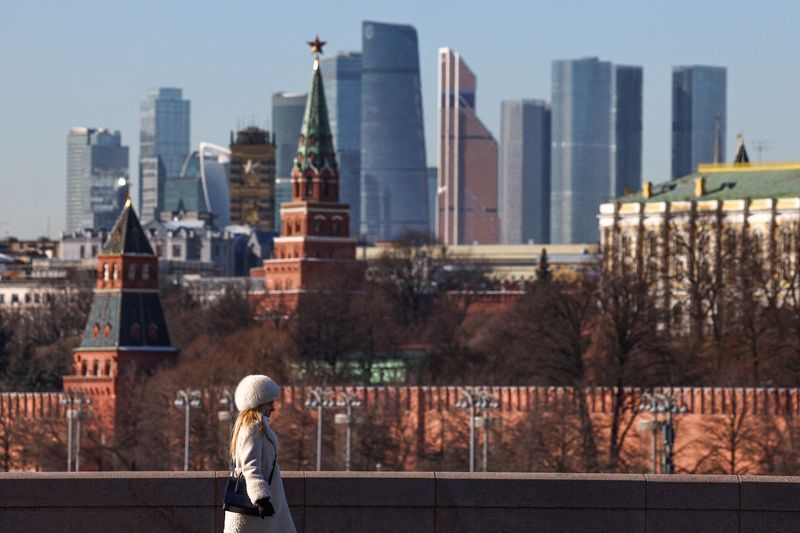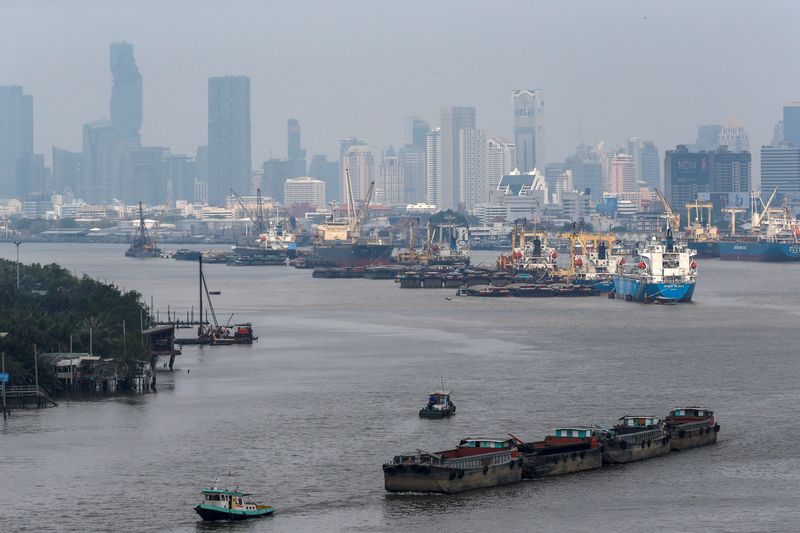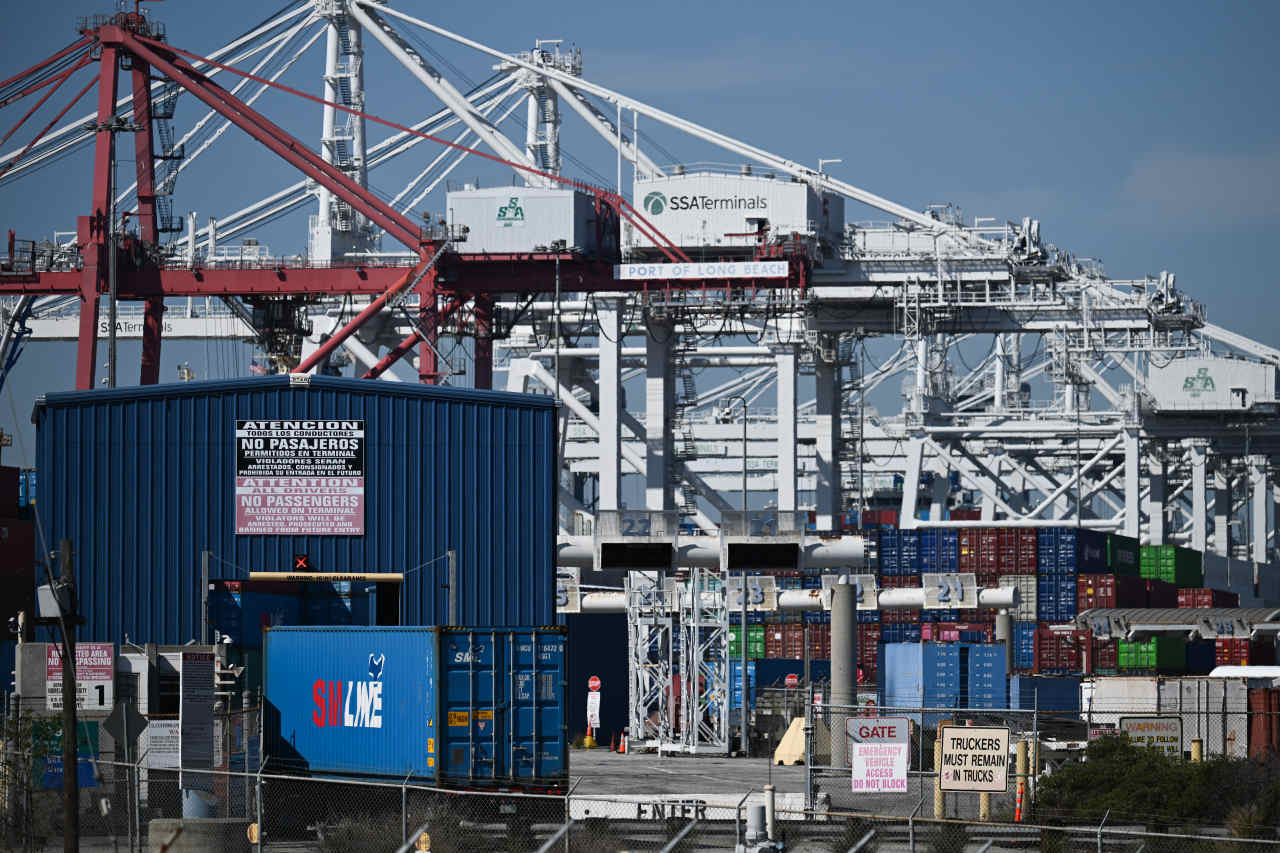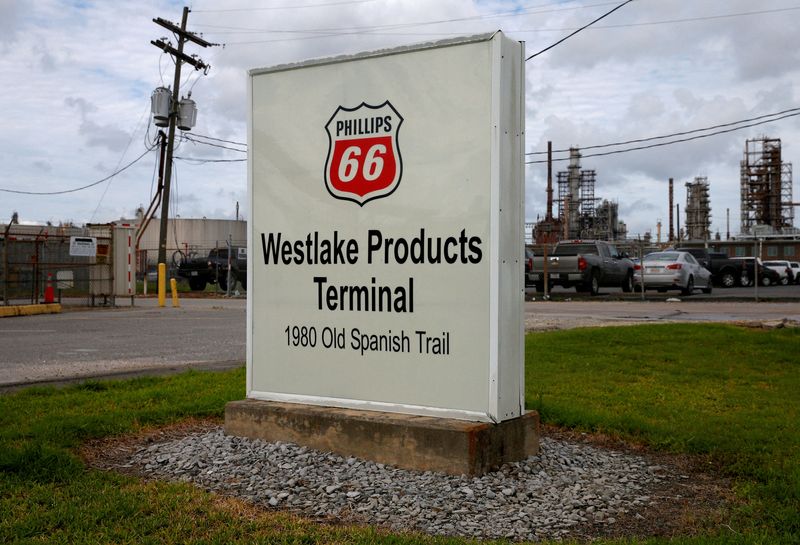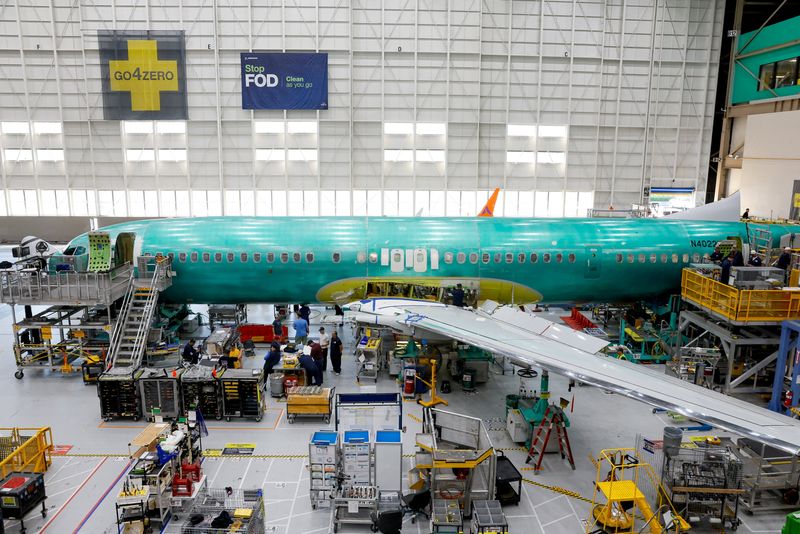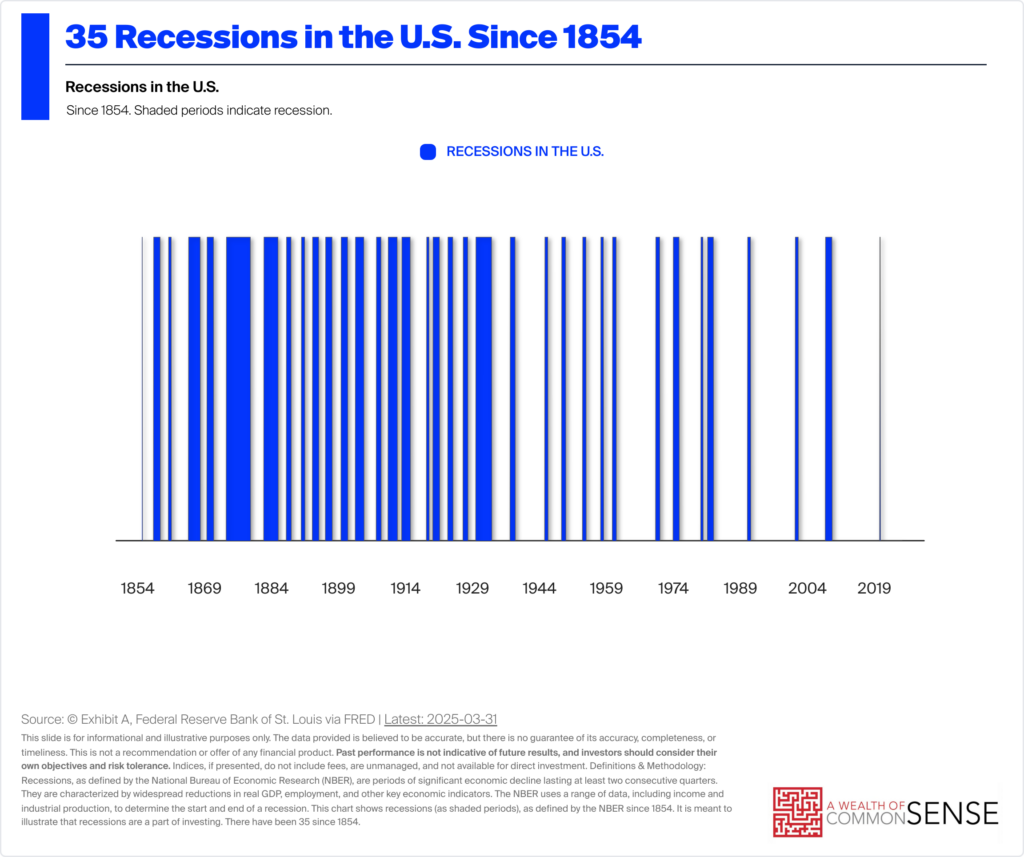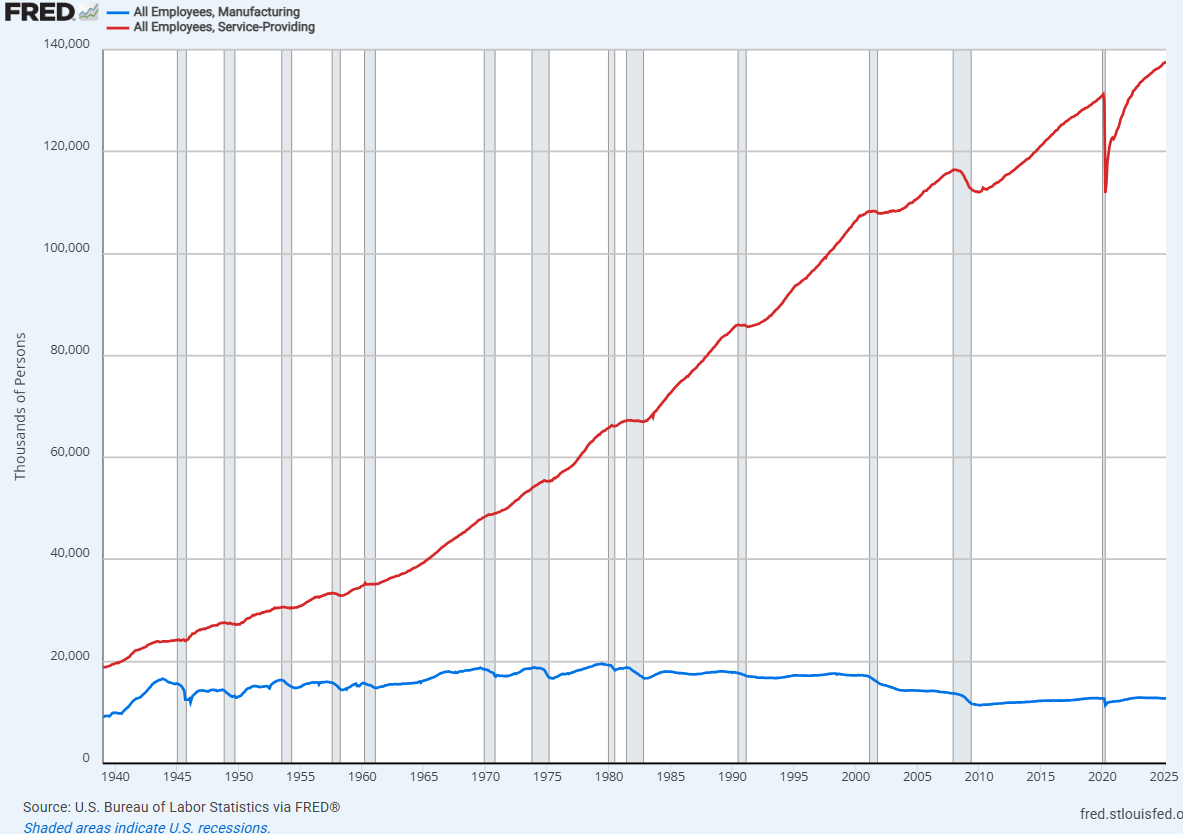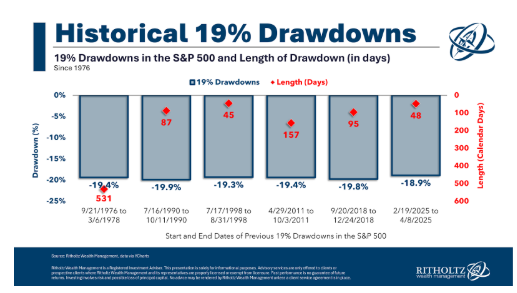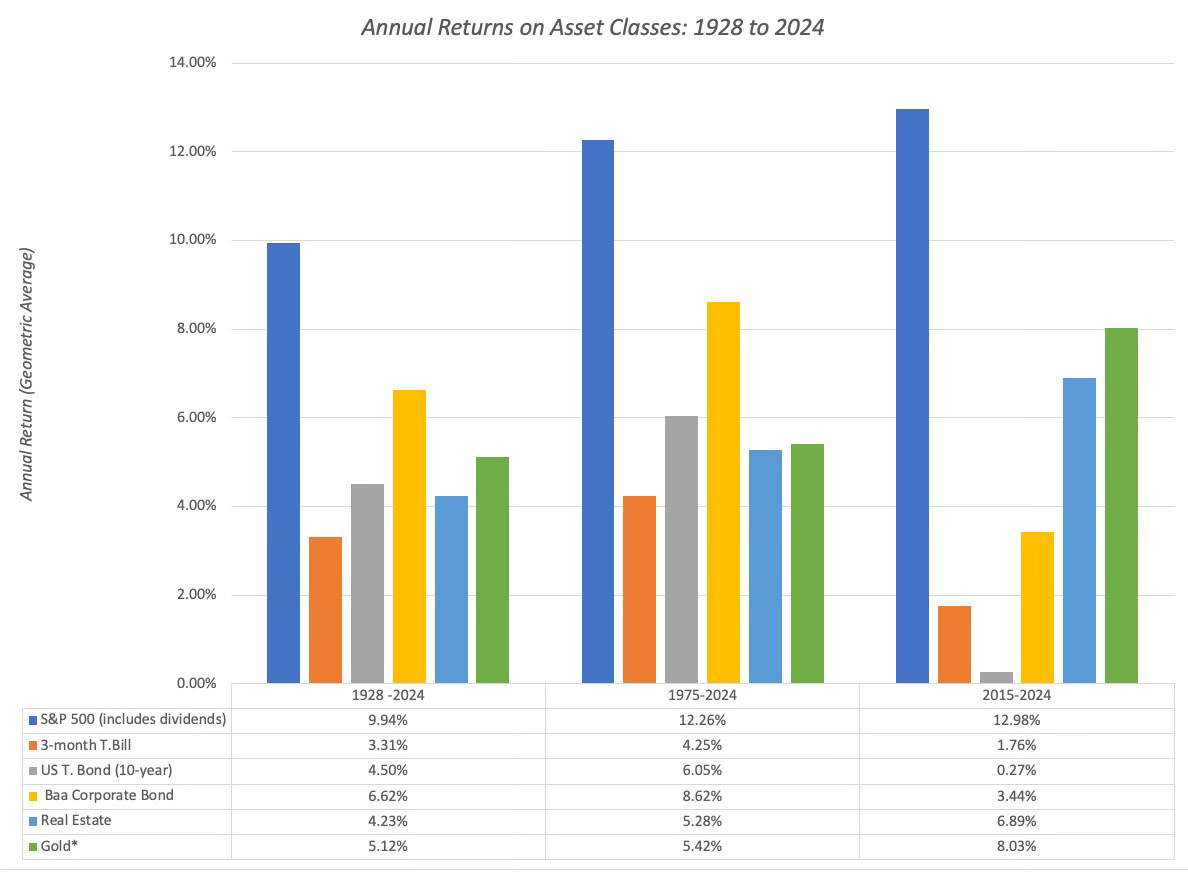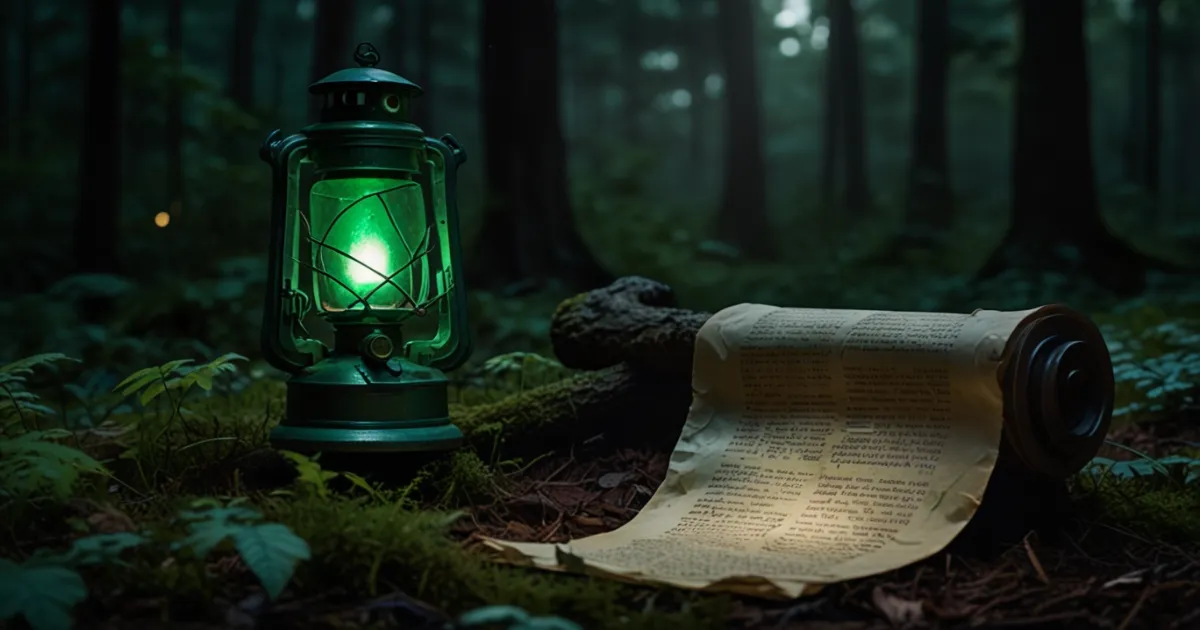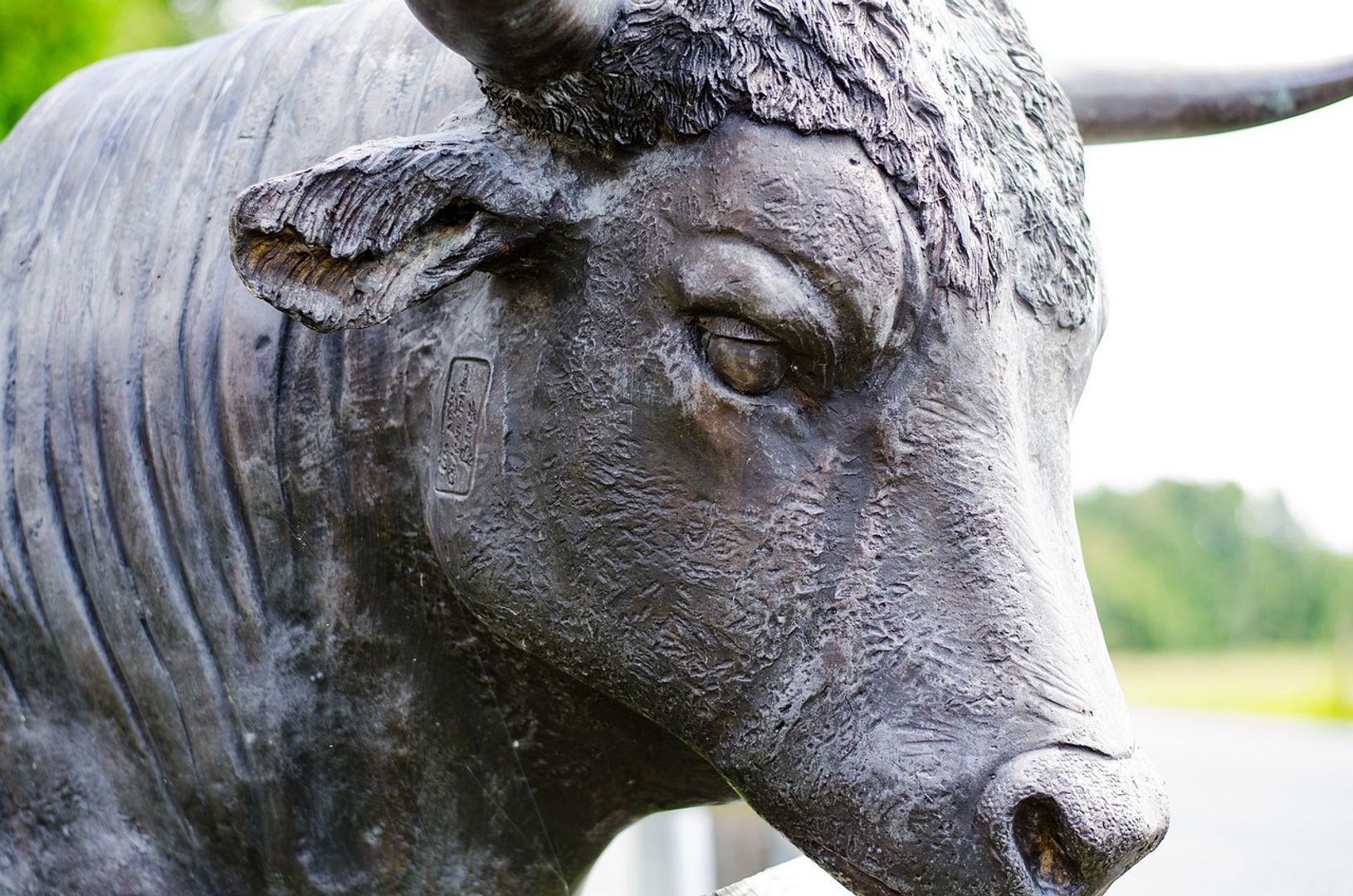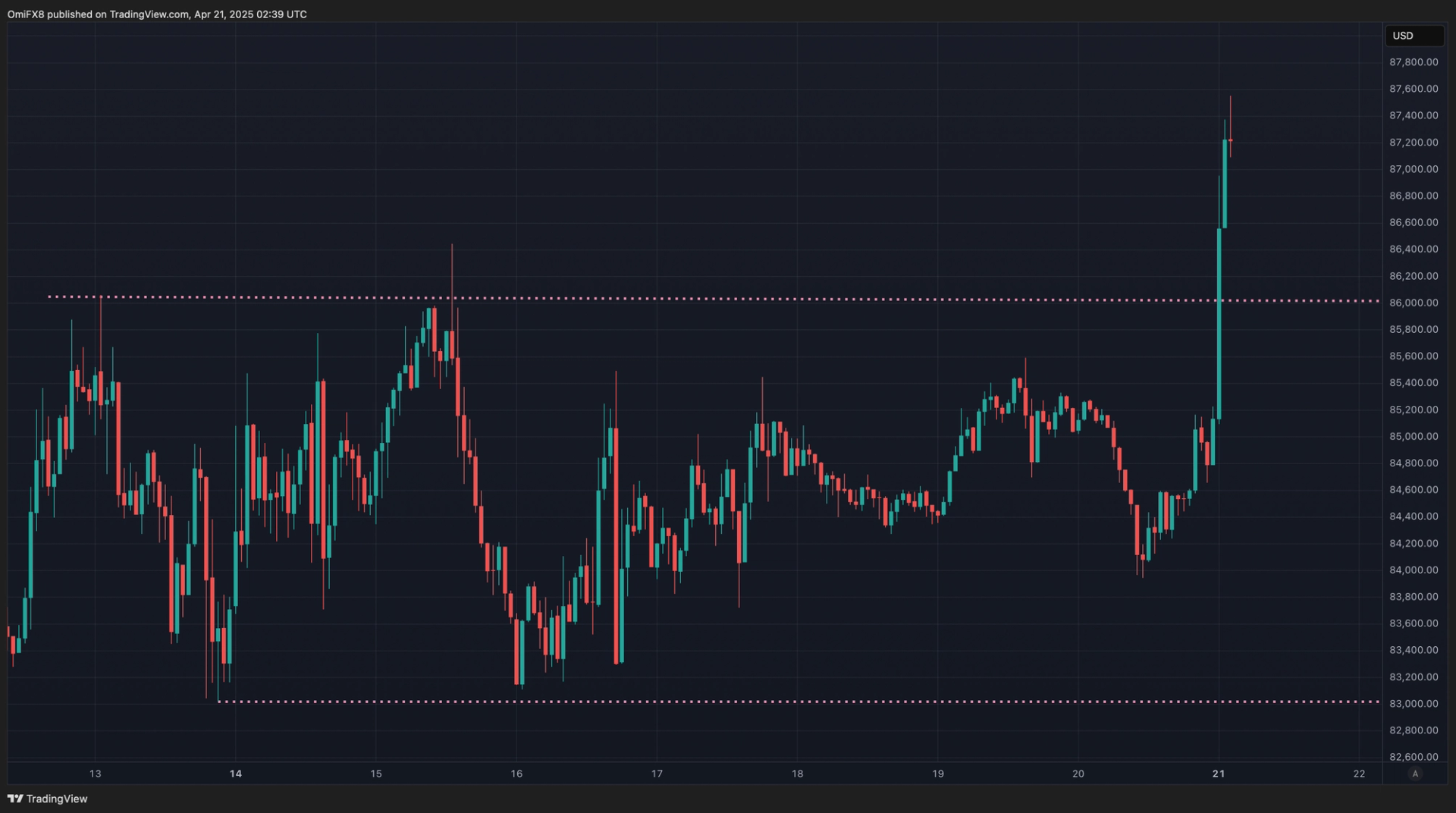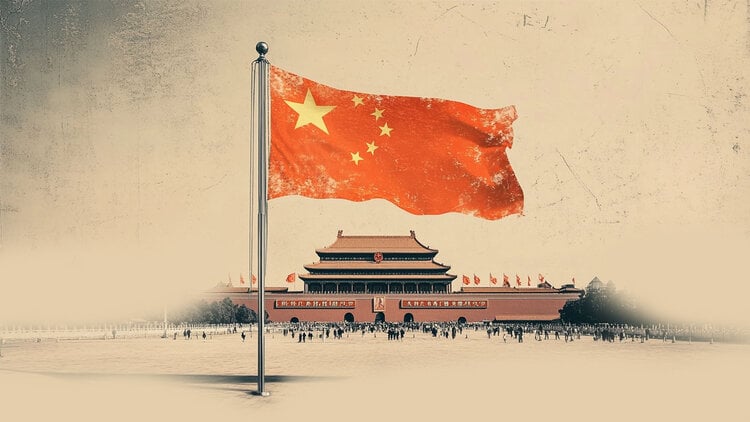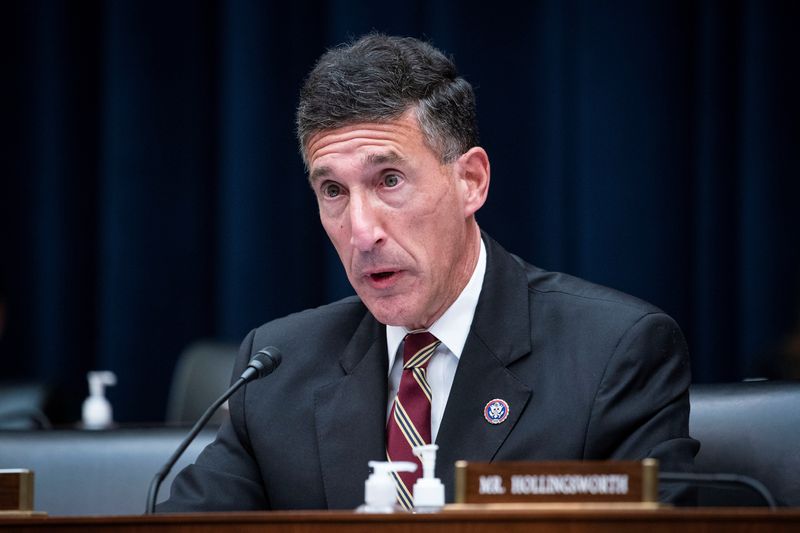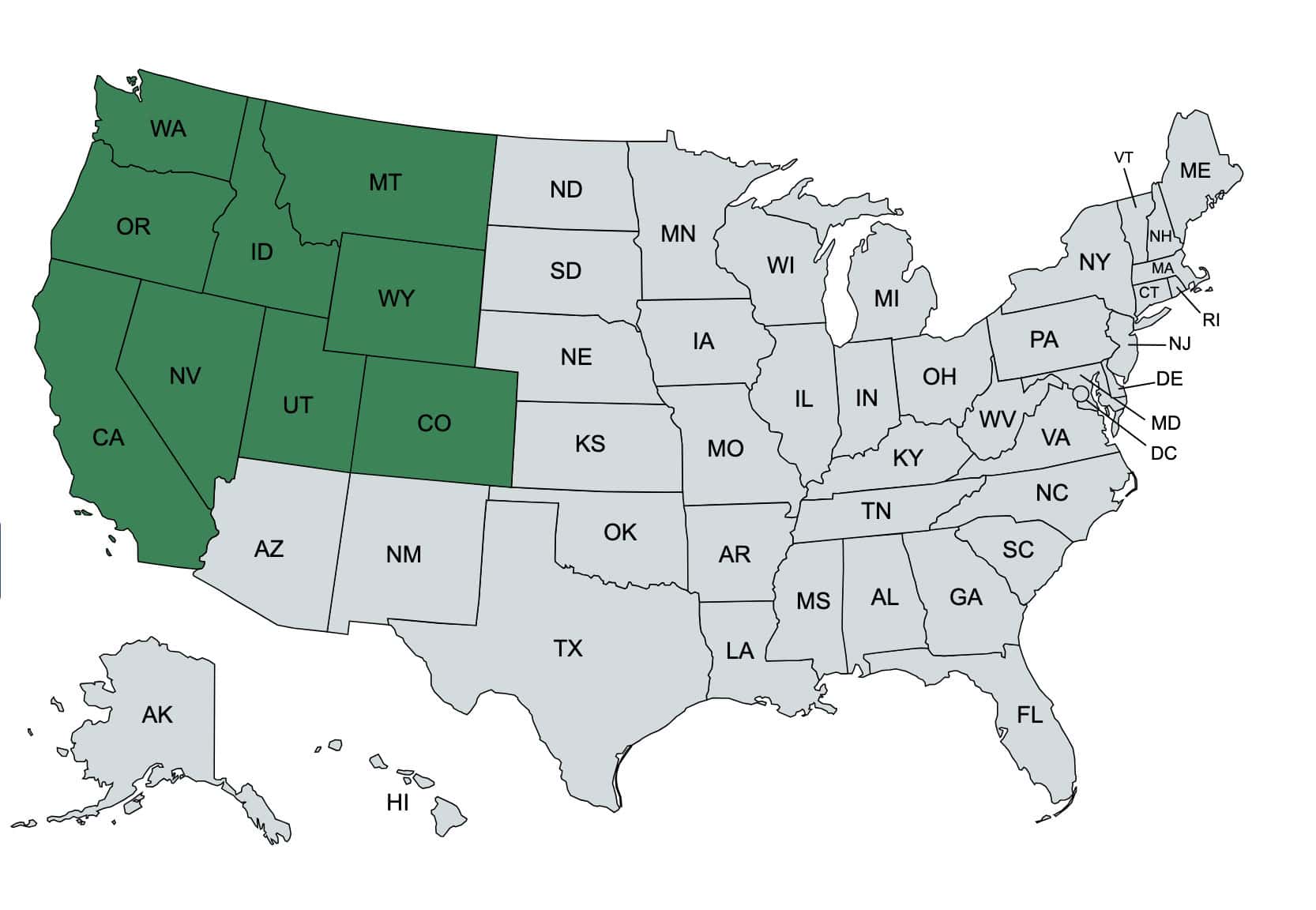Why Does the U.S. Government Own Millions of Acres of Land?
Does it seem fair to you that one landowner would own 30% of all the land in the United States? Well, it’s true, and that owner is the U.S. federal government. Where is all that land and why is the government keeping it instead of selling it to the public? We’ve got the story. See […] The post Why Does the U.S. Government Own Millions of Acres of Land? appeared first on 24/7 Wall St..
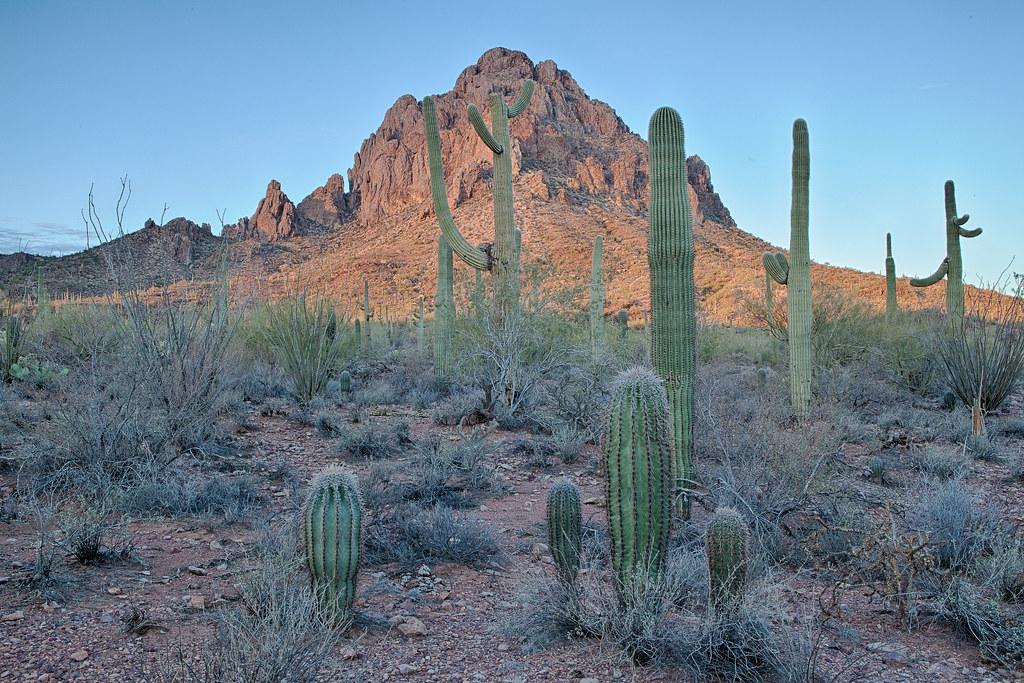
Does it seem fair to you that one landowner would own 30% of all the land in the United States? Well, it’s true, and that owner is the U.S. federal government. Where is all that land and why is the government keeping it instead of selling it to the public? We’ve got the story. See if you think it’s sinister or good stewardship.

The U.S. government owns 1/3 of all the land in the country. Should it sell? There are arguments to be made on both sides.
4 million Americans are set to retire this year. If you want to join them, click here now to see if you’re behind, or ahead. It only takes a minute. (Sponsor)
Key Points
How Much Land Do the Feds Own?
The U.S. government owns about 650 million acres of land, which is over 1 million square miles. It’s about 30% of the total land area of the country. To put that in perspective, its just a little more than the land area of the 9 states in green on this map.
Where Are Federal Lands Located?
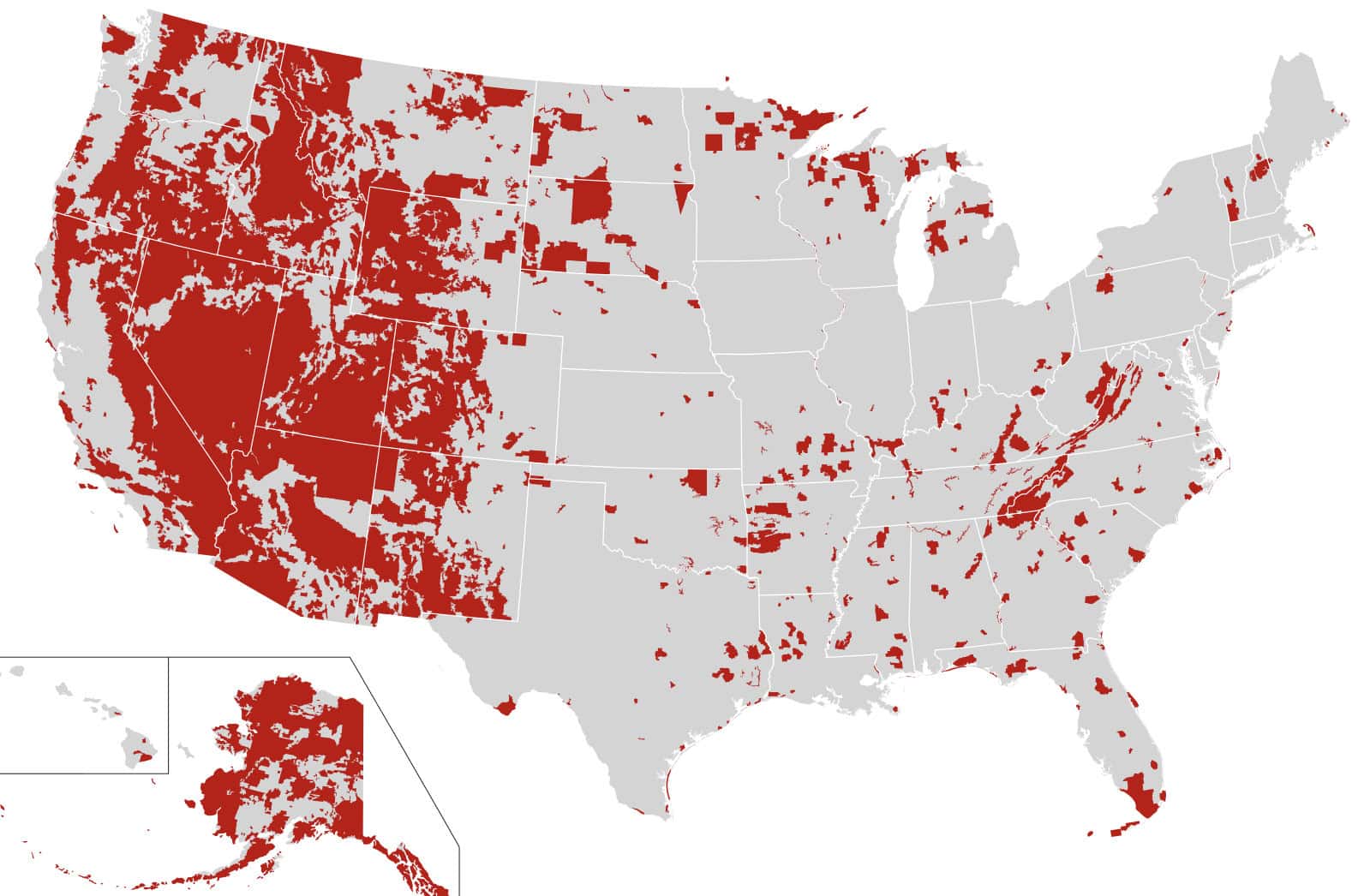
As this map illustrates, the federal government has substantial landholdings in nearly every state, but especially in the Rocky Mountains and Alaska. Nevada is the state with the most land under federal control: 80% of the state. Federal lands on this map do not include reservations owned by Native American tribes, which include an additional 56.2 million acres, or 2.3% of the country’s land area. That’s about the size of Idaho.
Why Are Most Federal Lands in the West?
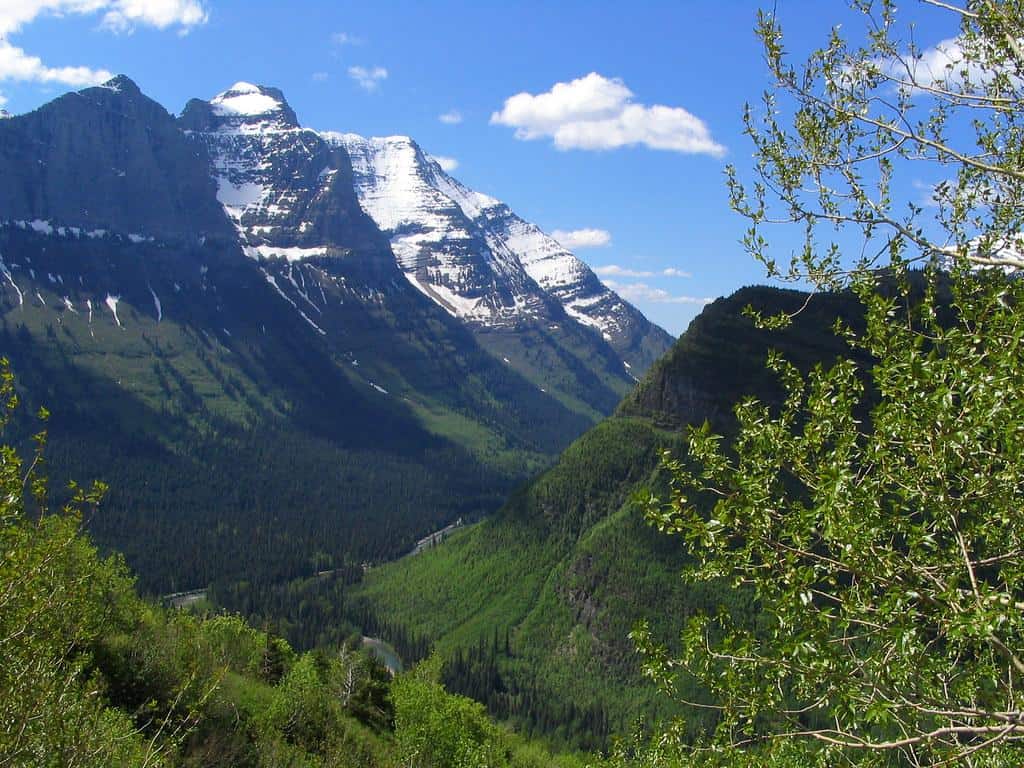
The Western United States has much less population than the East for the simple reason that the conditions there are too harsh. Much of the terrain is mountainous and treacherous in winter. It’s mainly an arid region in the rain shadow of the Rocky Mountains, with thin soil unsuitable for agriculture. It’s subject to droughts that last for decades and has harsh blazingly hot deserts in the south. All this means that when the country was settled, no one really wanted most of this land, by-passing it for greener pastures in California, Oregon, and Washington.
What Does the Government Do With This Land?
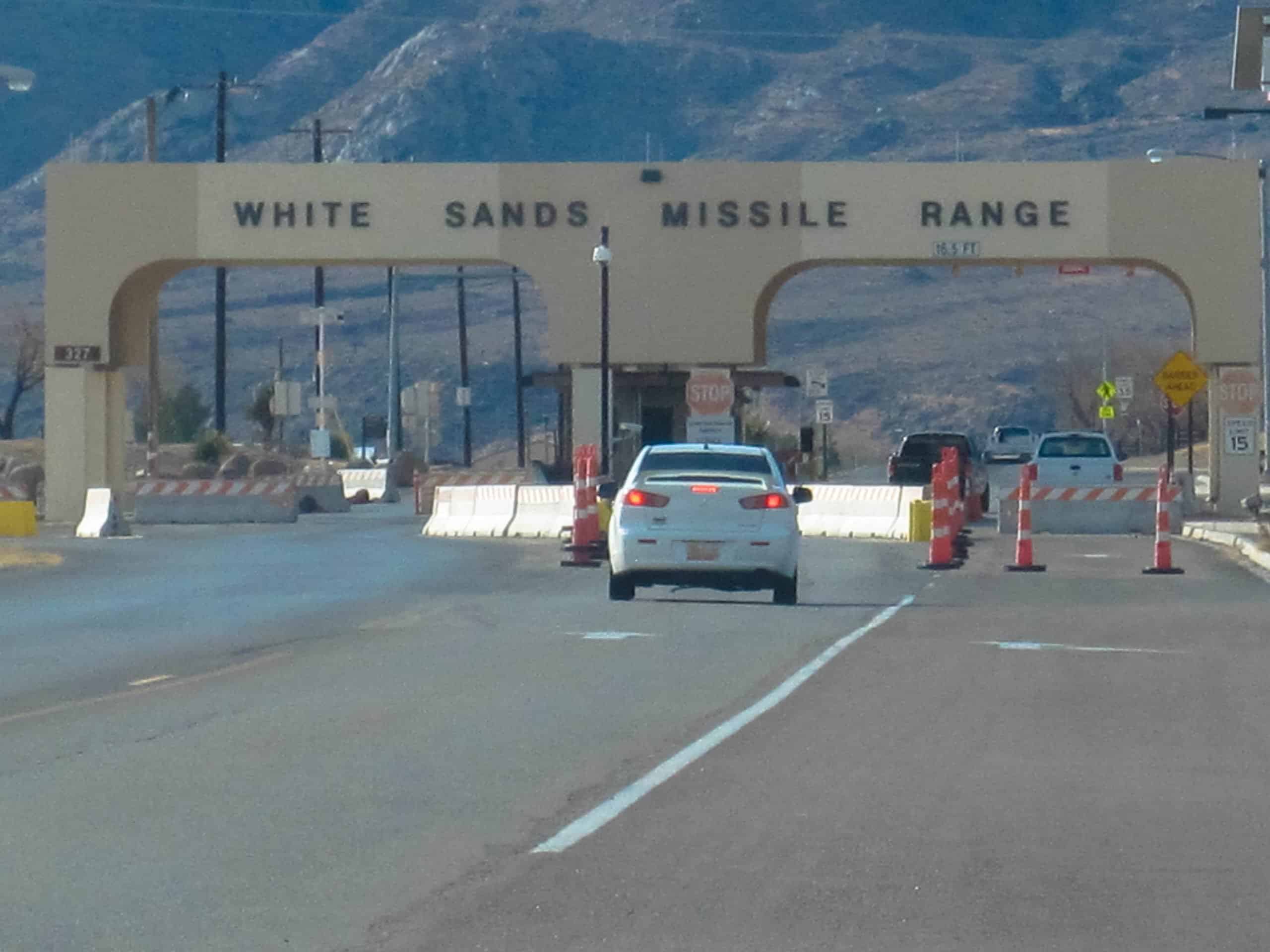
Some government land is in the national park system. It preserves in perpetuity unique ecosystems and places of pristine beauty for ecological reasons and as a heritage for future generations. National parks and forests also attract millions of visitors, both U.S. citizens and internationals. So they improve people’s quality of life with memorable recreation opportunities and bring tourism revenue.
Some large tracts of land are necessary for military bases, training, and testing. For example, White Sands Missile Range in New Mexico covers about 3,200 square miles and provides space for flights by high performance aircraft and missiles, away from prying eyes. Other large areas are wilderness with vast forests and reserves of valuable minerals, oil, and gas, but often in remote places where extraction is expensive and difficult. The federal government permits ranchers and hunters to use portions of the land to aid in the management of grazing lands and wildlife populations.
What Agencies Manage the Land?
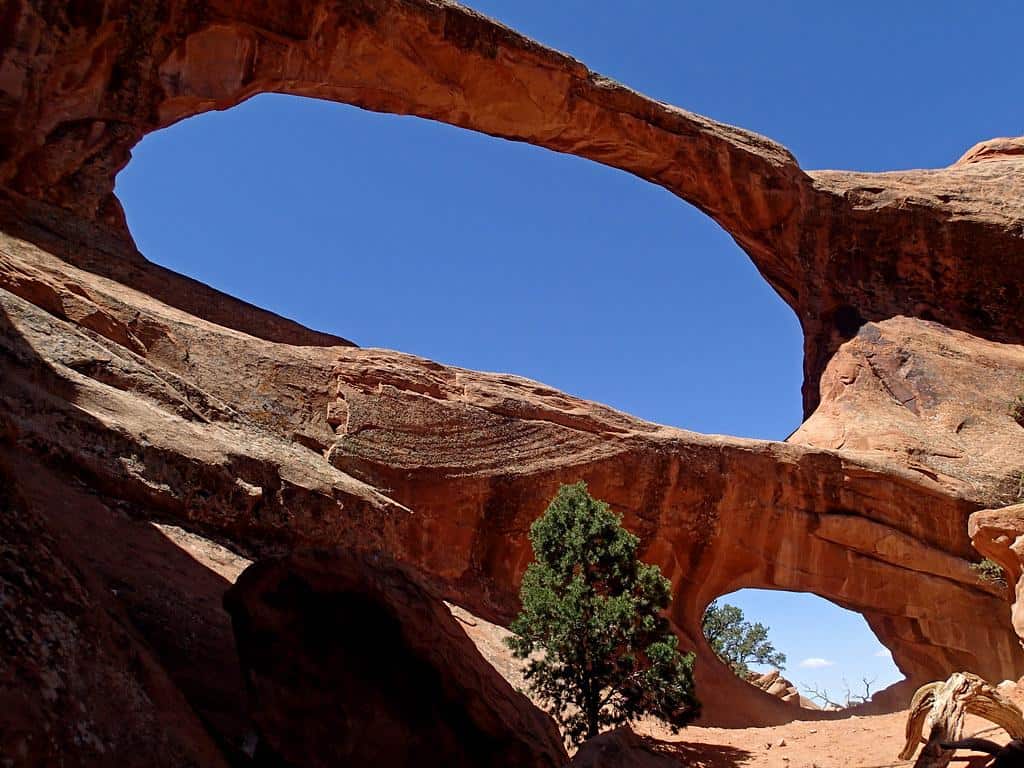
These are the key agencies that manage federal land:
- Bureau of Land Management: 245 million acres, mainly in the West.
- U.S. Forest Service: 193 million acres of forest.
- National Park Service: 84 million acres of parks, monuments, and historic sites.
- Fish and Wildlife Service: 95 million acres of wildlife habitat
- Department of Defense: 27 million acres of military bases, training grounds, and storage facilities.
Why Doesn’t the Government Sell the Land?
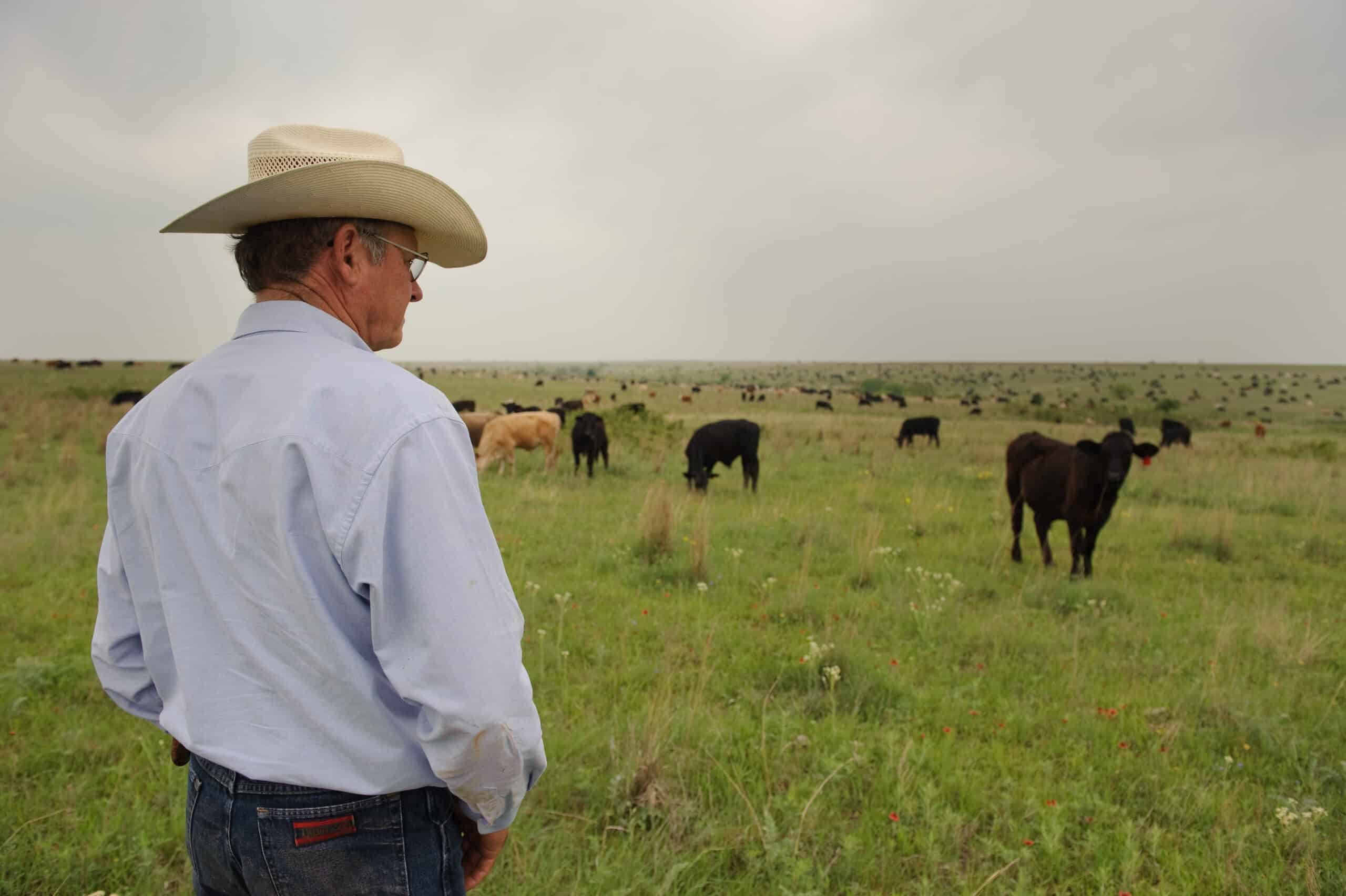
A lot of people, particularly those living in the West, wonder why the government doesn’t sell more of this land. Technology has made it much more practical to live and work there under difficult conditions and extract resources that previously were inaccessible. Ranchers, and logging, mining, and petroleum companies are all particularly keen to get their hands on these untouched lands.
Hard to Reverse
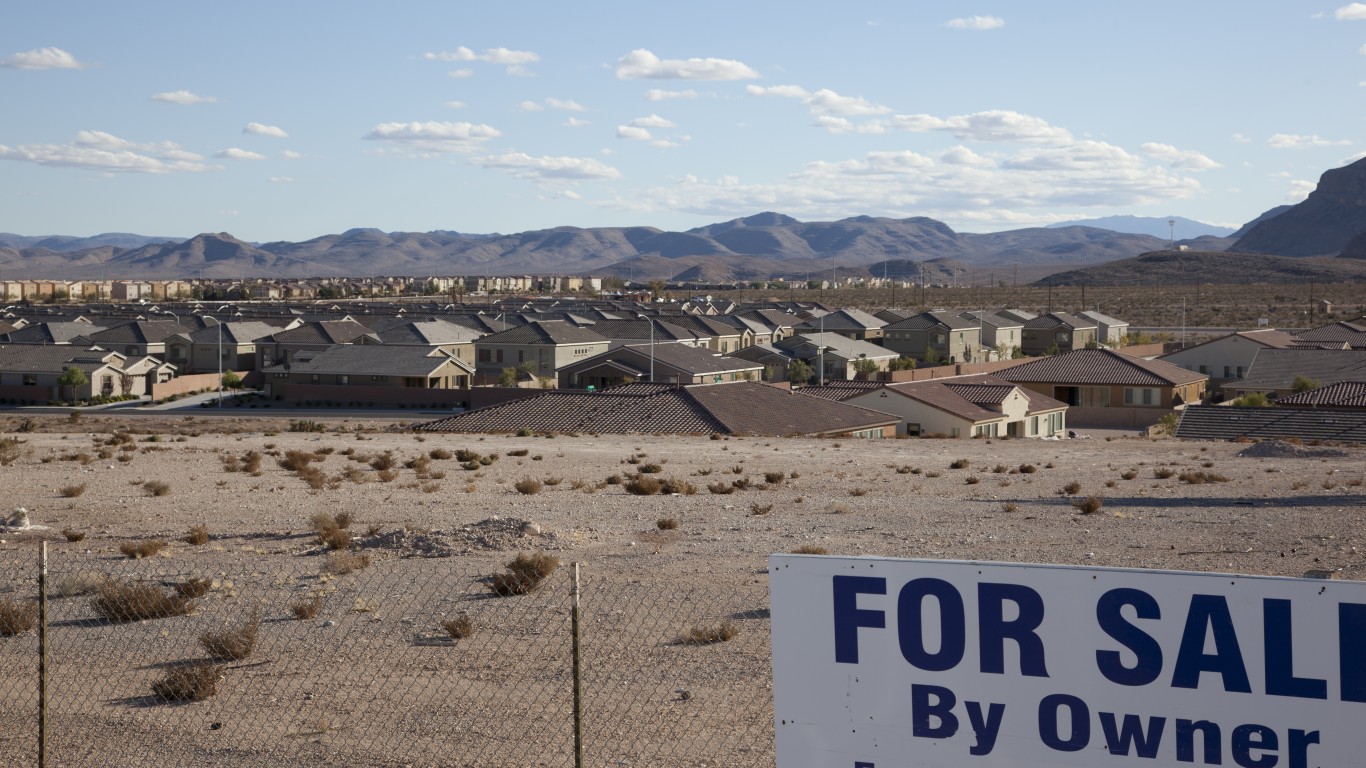
Once land is sold, though, it’s hard to get it back. If the government wants to expand a military base or build a public works project like a dam that requires taking people’s property, they will have to pay top dollar for it and possibly go through a long court process and and a public relations nightmare.
Conservation Concerns
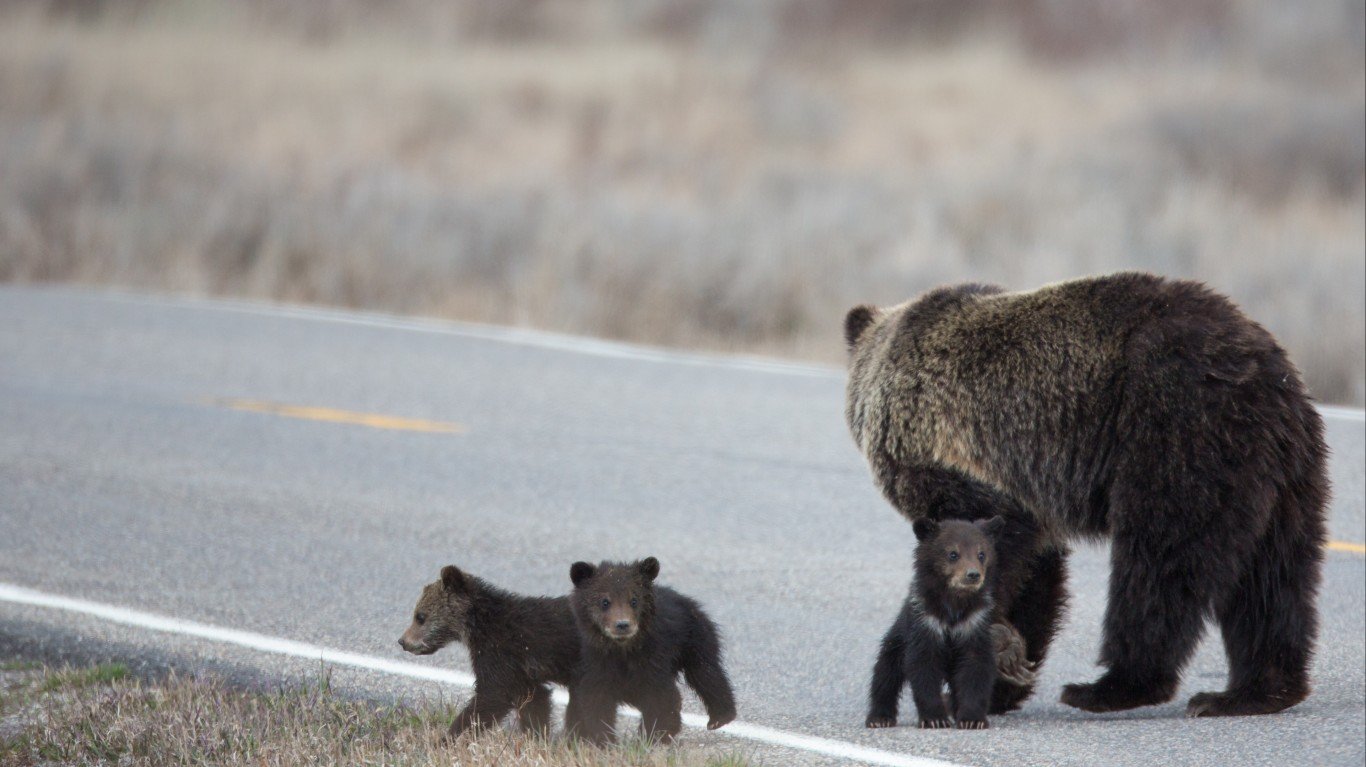
Conservationists definitely do not want these lands opened up to development. To do so would threaten endangered species, create pollution that might cross over into still-protected lands, spoil the natural beauty, and destroy part of the country’s heritage for future generations.
National Security
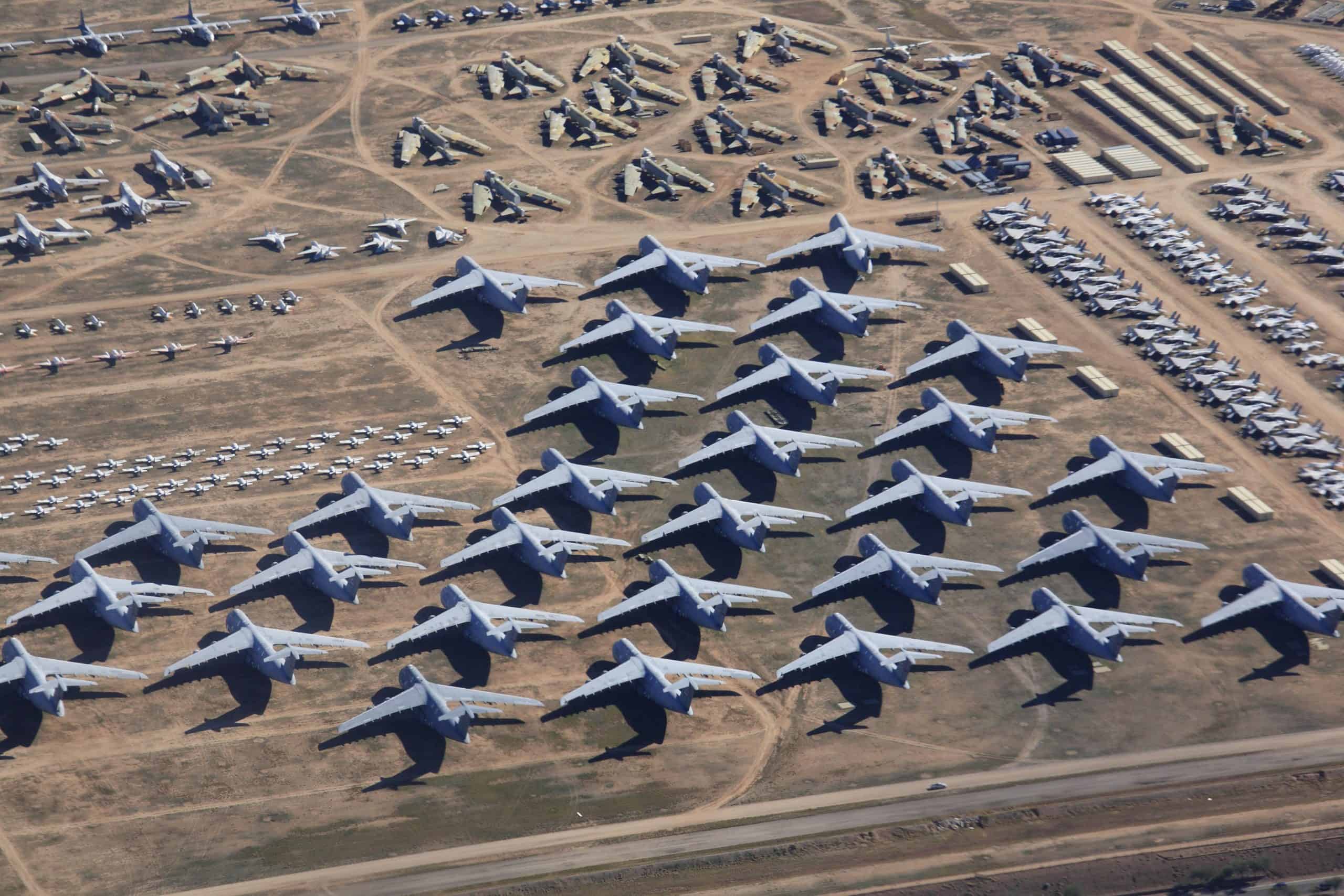
Finally, there is a legitimate security concern about allowing private land ownership to creep too close to sensitive federal facilities. Selling ranch land near a military base to an American cattleman might not sound like a bad idea. But when the land changes times a few hands and ends up under the control of a Chinese conglomerate, now we have a potential national security issue. The whole thing is just easier if you own everything in a radius of a couple of hundred miles in every direction.
Sinister or Stewardship?
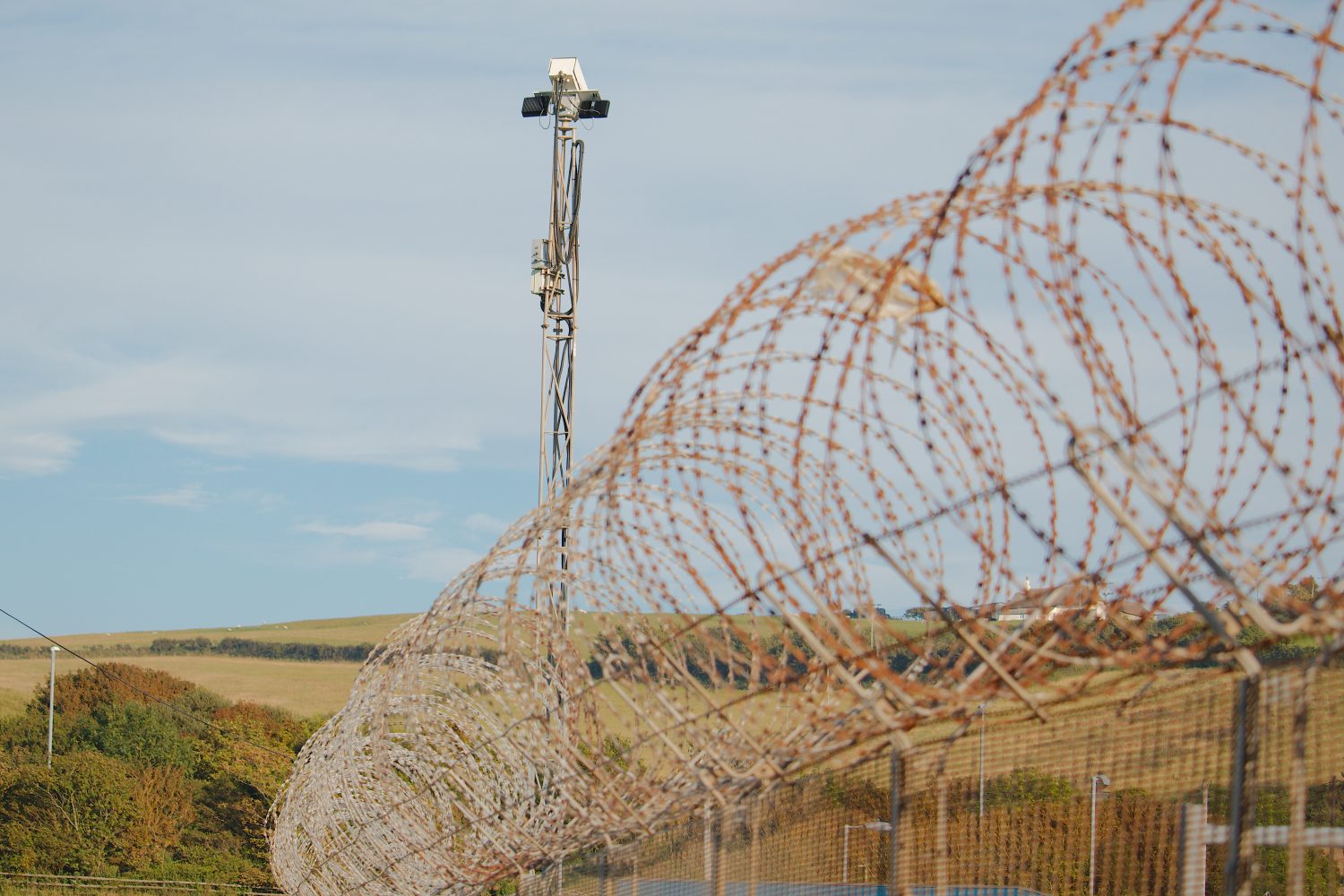
So is it sinister or good stewardship that the government holds on to all this land? Your answer probably depends on what you think of the government itself. Like so many questions, the answer no doubt is a little bit of both.
The post Why Does the U.S. Government Own Millions of Acres of Land? appeared first on 24/7 Wall St..






